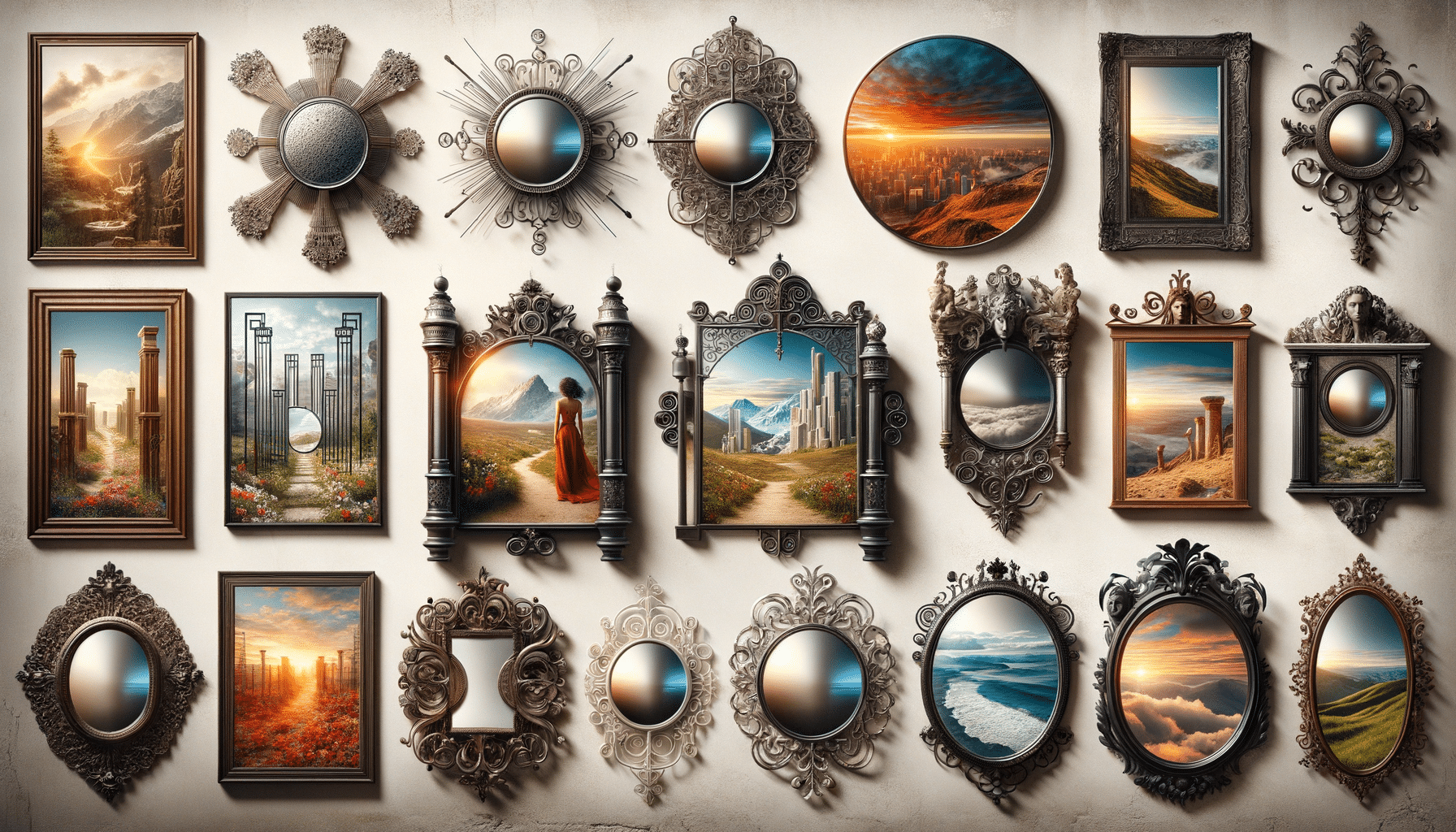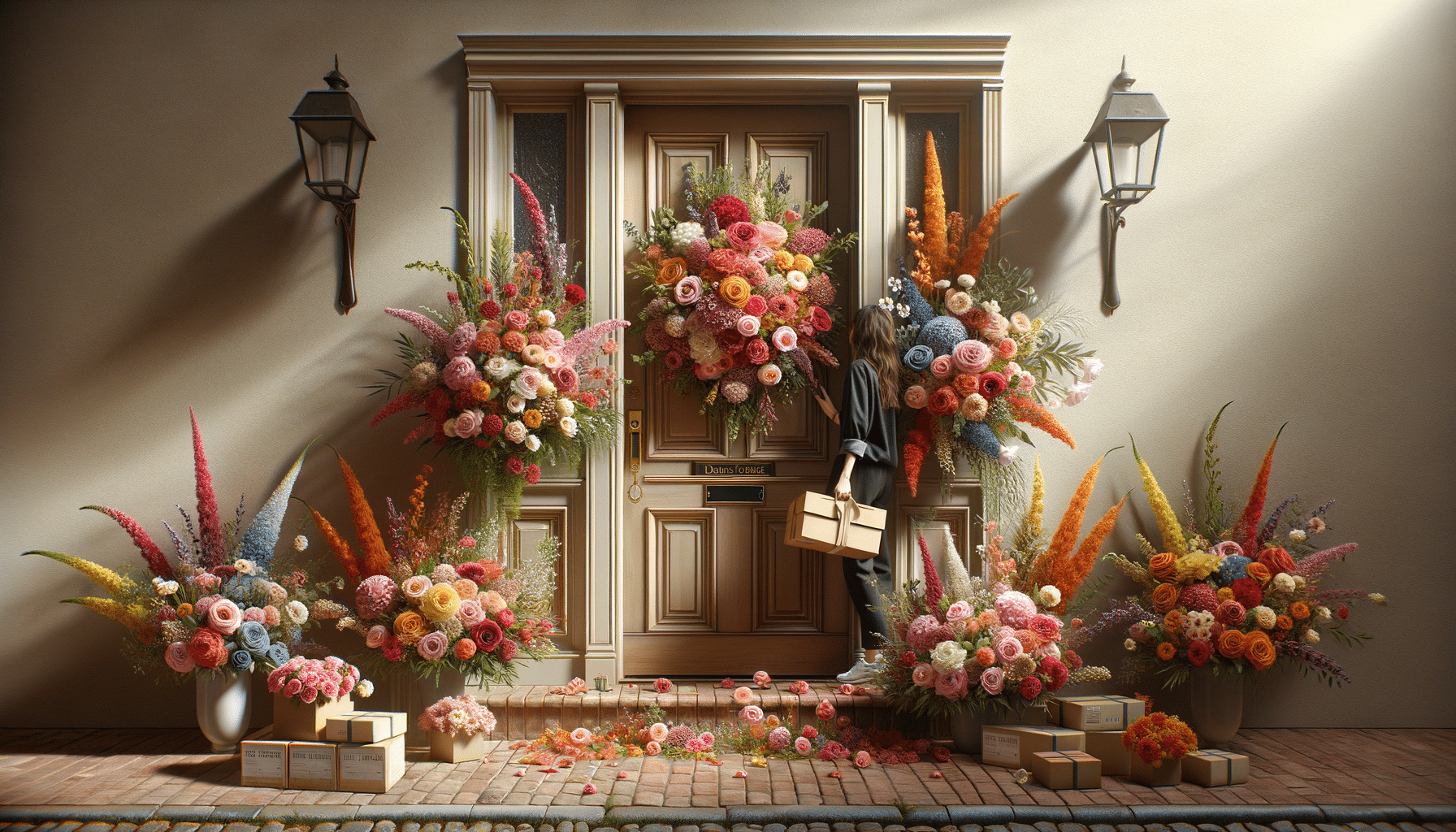
Exploring the World of Mirror Designs: A Comprehensive Guide
Introduction to Mirror Designs
Mirrors have transcended their basic function of reflection to become integral elements of interior design. They not only serve practical purposes but also contribute significantly to the aesthetic appeal of a space. From enhancing natural light to creating an illusion of space, mirrors play a pivotal role in home decor. This article delves into the multifaceted world of mirror designs, exploring their various styles, materials, and applications.
Types of Mirror Designs
Mirror designs are as varied as they are fascinating. The choice of design can dramatically alter the ambiance of a room. Here are some popular types:
- Framed Mirrors: These mirrors come with frames made from materials like wood, metal, or plastic, adding a touch of elegance and style.
- Frameless Mirrors: Known for their minimalist appeal, frameless mirrors offer a sleek and modern look.
- Antique Mirrors: With their vintage charm, antique mirrors often feature ornate frames and distressed glass.
- Venetian Mirrors: Characterized by intricate designs and etchings, these mirrors exude luxury and sophistication.
Each type offers unique visual and functional benefits, making them suitable for different settings and preferences.
Materials Used in Mirror Designs
The materials used in crafting mirrors significantly influence their appearance and durability. Common materials include:
- Glass: The most prevalent material, glass mirrors provide clear reflections and are often backed with silver or aluminum.
- Acrylic: Lightweight and shatter-resistant, acrylic mirrors are ideal for areas where safety is a concern.
- Metal Frames: Offering durability and a modern aesthetic, metal frames are popular in contemporary designs.
- Wood Frames: Wood adds warmth and character, making it a favored choice for rustic or traditional settings.
The choice of materials affects the mirror’s weight, appearance, and cost, allowing for a wide range of customization options.
Applications of Mirrors in Interior Design
Mirrors are versatile tools in interior design, capable of transforming spaces in numerous ways:
- Enhancing Light: By reflecting natural and artificial light, mirrors can brighten up dark areas.
- Creating Illusions: Strategically placed mirrors can make small spaces appear larger.
- Focal Points: A large, ornate mirror can serve as a stunning focal point in a room.
- Decorative Elements: Mirrors with decorative frames can enhance the aesthetic appeal of a space.
These applications demonstrate the mirror’s ability to both functionally and aesthetically enhance interior spaces.
Choosing the Right Mirror for Your Space
Selecting the perfect mirror involves considering several factors:
- Purpose: Determine whether the mirror is for functional use, decoration, or both.
- Size and Shape: Consider the dimensions of the space and choose a size and shape that complements it.
- Style: Match the mirror’s style with the existing decor to create a cohesive look.
- Placement: Decide on the optimal location to maximize the mirror’s effect.
By thoughtfully considering these aspects, you can select a mirror that enhances both the functionality and beauty of your space.
Conclusion: The Impact of Mirror Designs
Mirrors are more than just reflective surfaces; they are dynamic elements that contribute to the personality and functionality of a space. By understanding the various designs, materials, and applications, you can make informed decisions that enhance your home’s aesthetic appeal. Whether you’re looking to brighten a room, create an illusion of space, or add a decorative touch, the right mirror design can make all the difference. Embrace the versatility of mirrors and explore how they can transform your living environment.


